Many people have long wondered what happens after our lives end. While some believe that we ascend to heaven, others believe that our mind goes blank and nothing awaits us beyond this life.
However, Jeffrey Long, a radiation oncologist in Kentucky, believes that there is something beyond this life.
Who Is Jeffrey Long?

Long is a radiation oncologist, a doctor who specializes in treating cancer with radiation therapy. While overseeing hundreds of patients undergoing radiation therapy treatments, Long founded the Near-Death Experience Research Foundation.
Long believes that his foundation, which studies near-death experiences, has made him a better doctor for cancer patients.
His Fascination With Near-Death Experiences
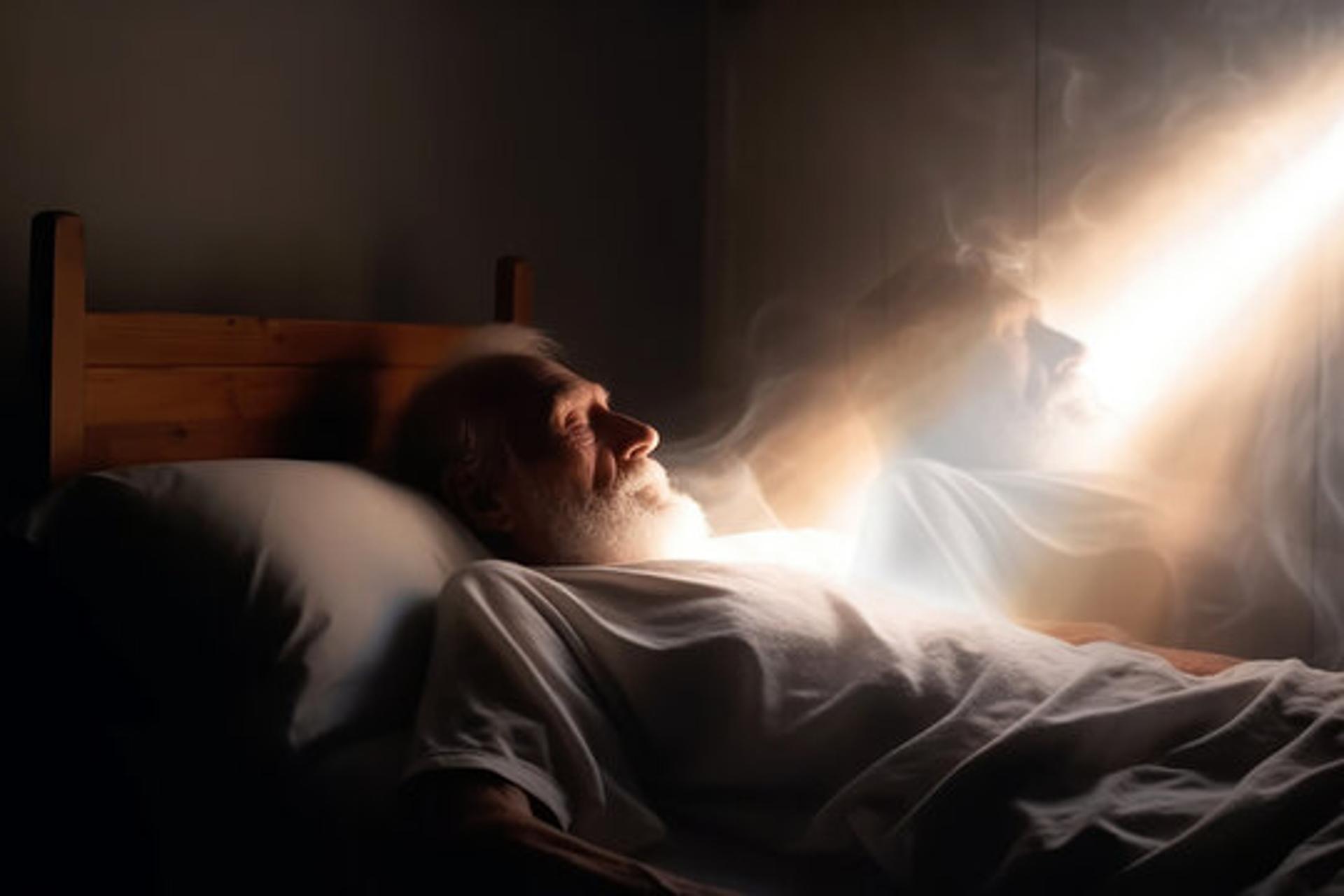
Long’s fascination with near-death experience research came after reading an article describing near-death experiences in the Journal of American Medical Association. The article described patients who had died and then came back to life to report very distinct and almost unbelievable experiences.
Despite all of his medical training that told him patients were either dead or alive, this article shocked him.
Changing Perspective

Fascinated with near-death experiences (NDE)—which Long describes as an experience where someone who is either comatose or clinically dead has a lucid experience where they see, hear, feel emotions, and interact with other beings—Long’s research fundamentally changed his view on the universe and our place in it.
After years of research, Long believes that there is an afterlife and an overwhelming amount of evidence to prove this theory.
An Out-of-Body Experience

About 45% of people who have an NDE report that they have an out-of-body experience, which happens when their consciousness slips from their physical body. These patients report hovering above their bodies and others in the room, watching everything that is happening around them without being able to move or interact.
One woman told Long that a doctor threw a tool on the floor and picked up the wrong one. The doctor later confirmed this story did happen, but that the woman was in an unconscious state and wouldn’t have known this had happened.
The Next Stage in NDEs

After the out-of-body experience, there is the next stage in the process: Transportation to the next realm. Many pass through a tunnel and experience a bright light.
Some are greeted by deceased loved ones, including pets. Most people who experience this report to Long that they feel an overwhelming sense of love and peace.
The Death Tropes
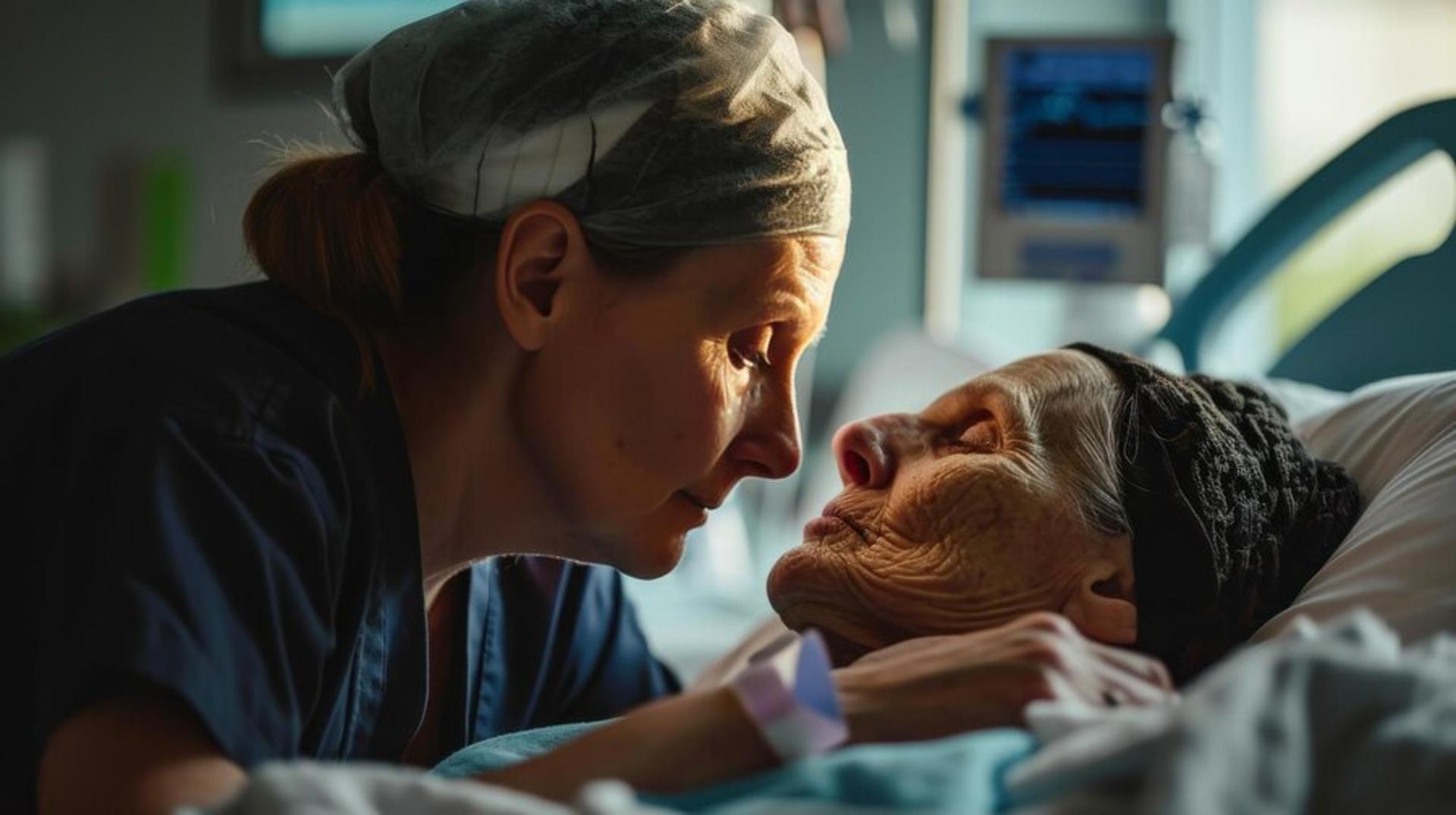
Despite these reports sounding cliche, Long’s 25 years of NDE research prove that the light at the end of the tunnel and other signs of death have become tropes because they are true.
Long reports that even children under the age of 5 who have had NDE express similar experiences without knowing the common “death tropes.”
Different from Fear-Death Experiences

While some people say they see their lives flash before their eyes, Long says that these experiences do not fall under his definition of NDEs. Instead, these are called fear-death experiences.
People who feel that their life is in imminent danger see their life “flashing before their eyes,” and they often do not see the tunnel and light.
Life After Death
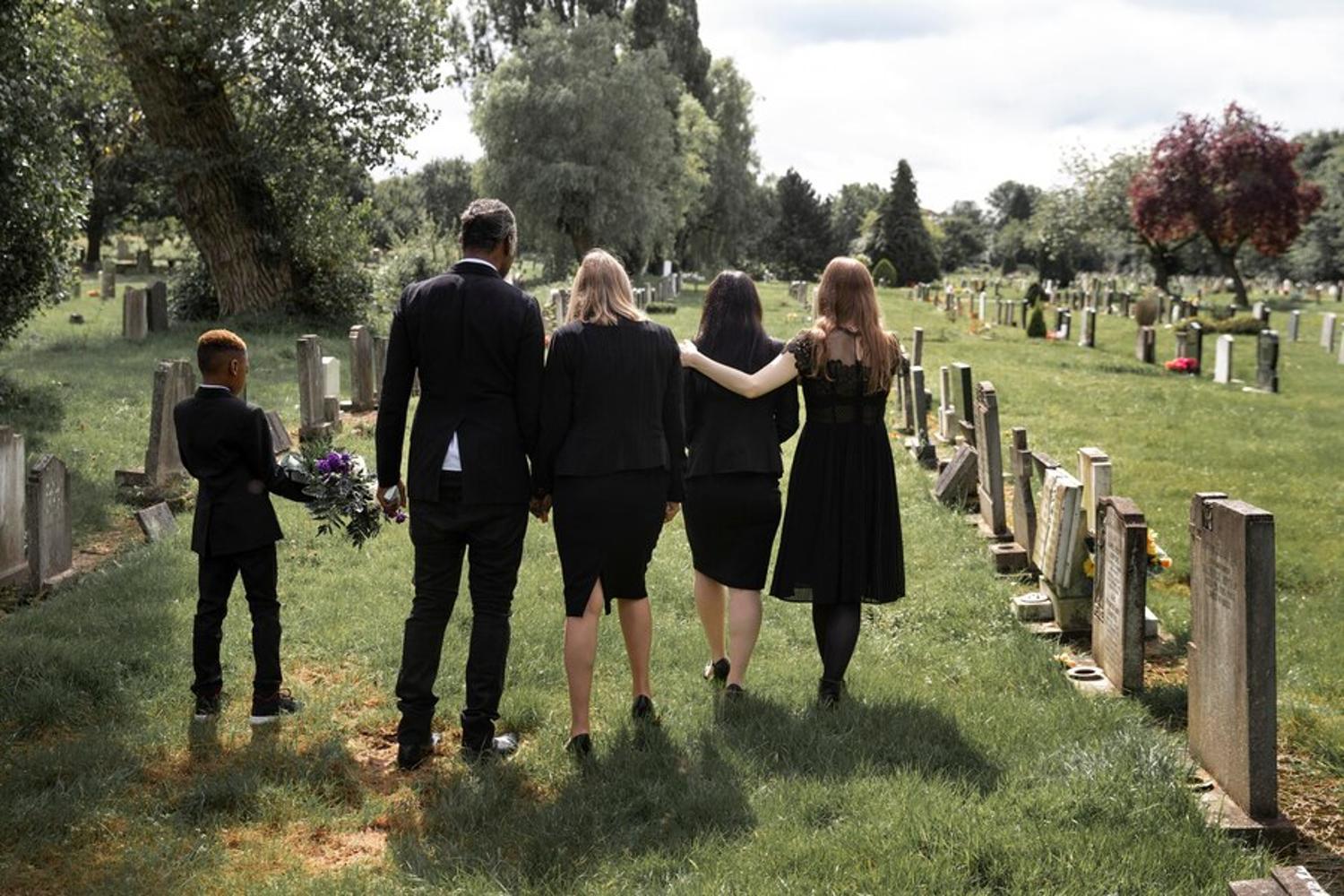
“Most people believe in life after death,” says psychologist Jamin Halberstadt, also at the University of Otago, to New Science. “That’s amazing. Science has changed the way we think about almost every aspect of our lives, including death, but through all of that, belief in life after death has remained steadfast.”
While we have no knowledge about whether or not there is an afterlife, the concept of one has persisted in humans for nearly 12,000.
Most People Believe in an Afterlife
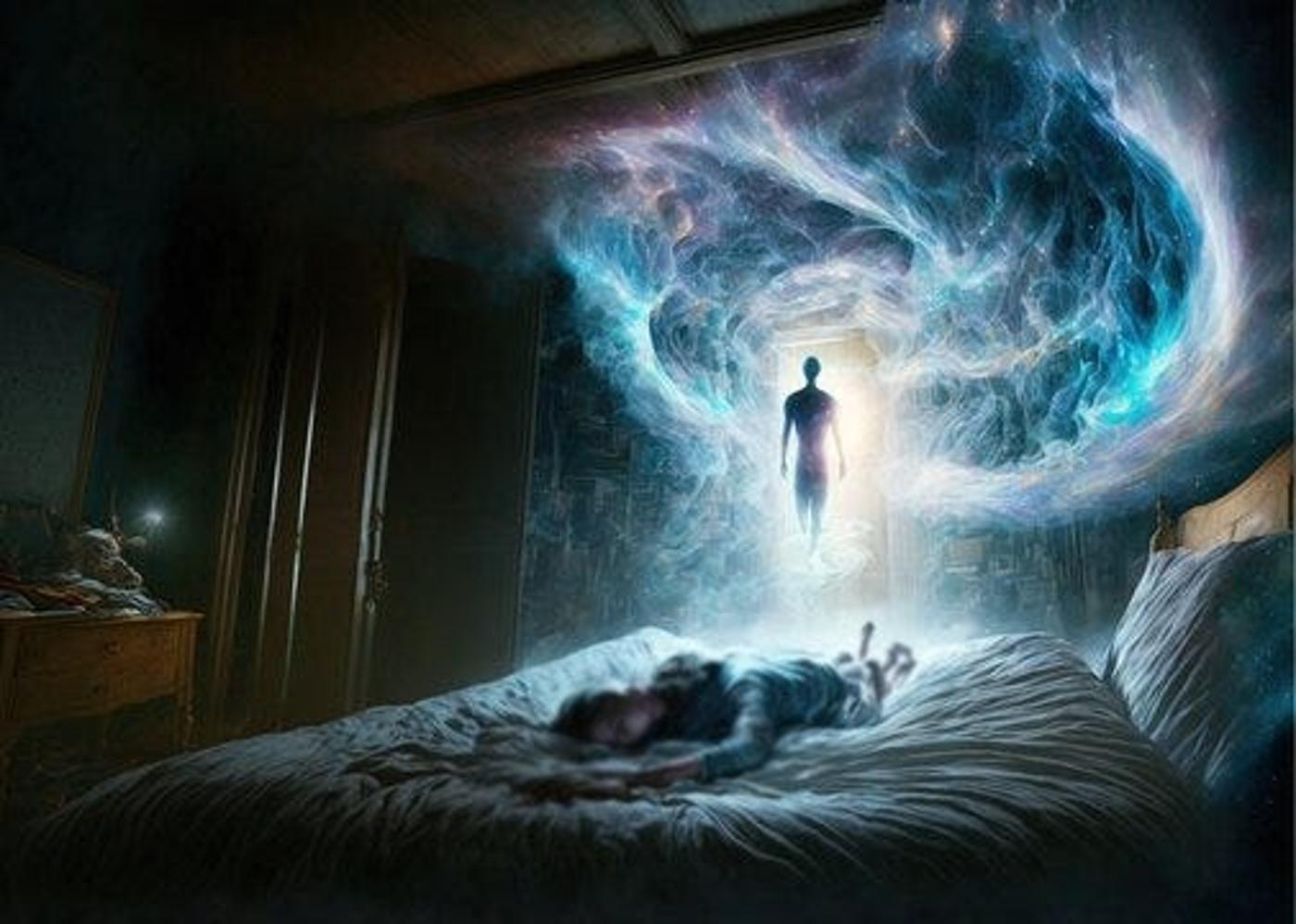
According to New Science, surveys from the 1940s to today consistently show that about 70% of US citizens believe in some form of life after death.
Even those who say they don’t believe in the afterlife often state that they are unsure of what happens after death.
Reducing Fear of Death
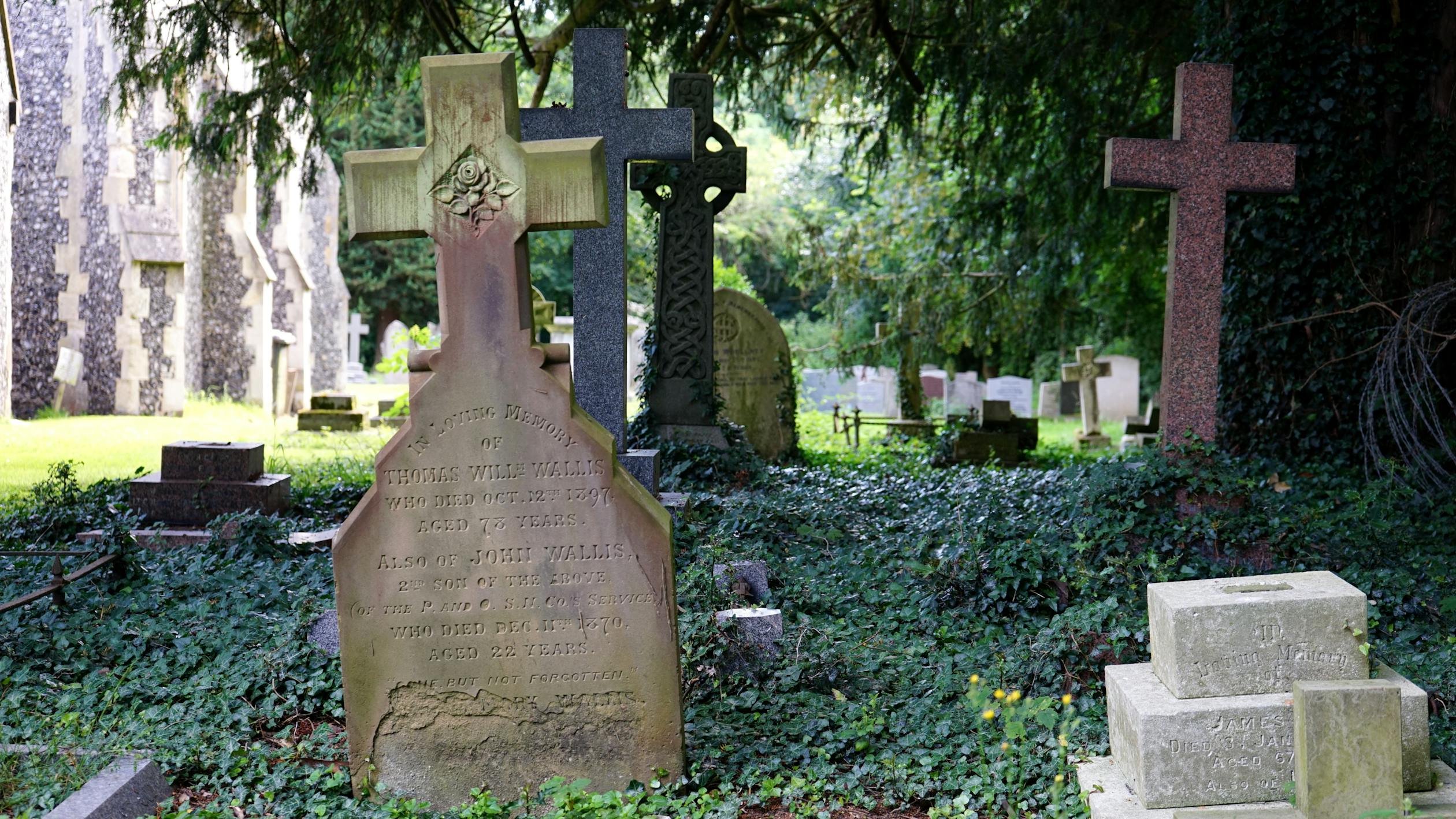
“One function of religion is to alleviate death anxiety because it usually comes with afterlife beliefs,” says Halberstadt.
While not everyone believes in the concept of Heaven or Hell, the belief in something existing after death gives comfort that our consciousness continues to live even after our bodies have stopped operating.
A Profound Psychological Effect
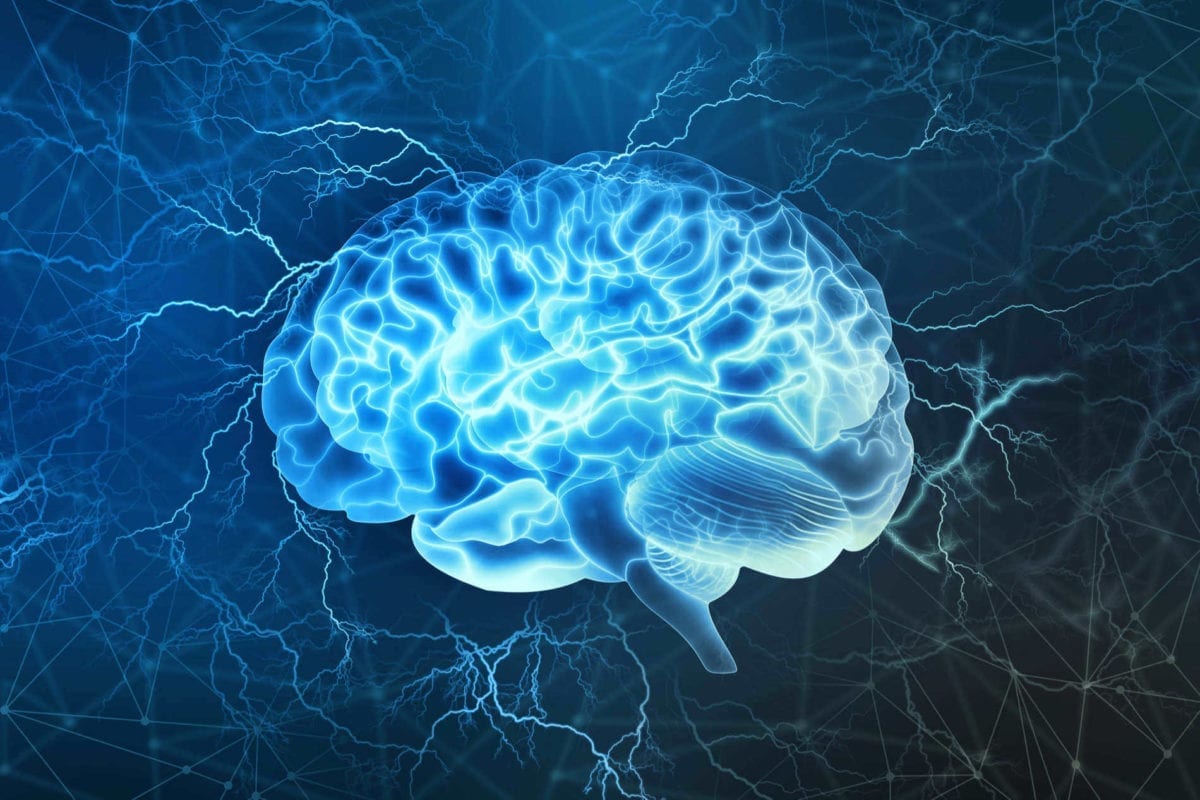
Survivors of NDE often believe they have been to another realm, losing all fear of death and becoming convinced that some aspect of their consciousness will survive. Even those who were convinced that death is a void come back with a belief in the afterlife.
Could it be a psychological effect that happens when the brain runs out of oxygen? It is unclear, but the psychological effects are profound.








































